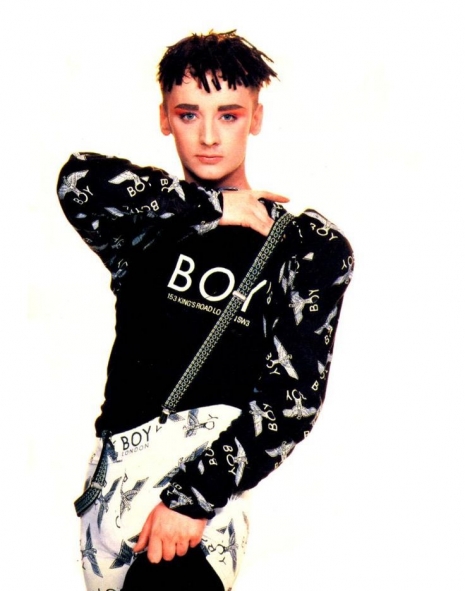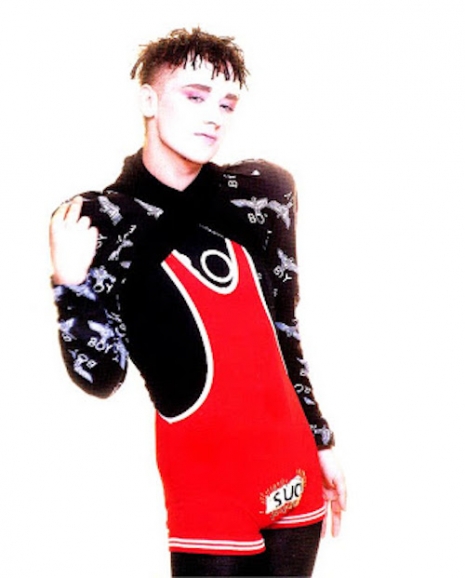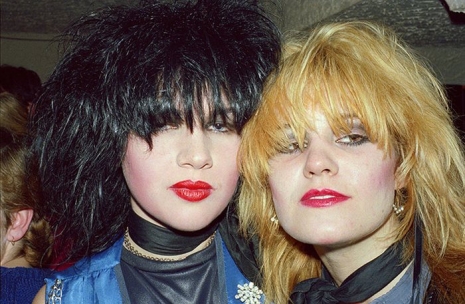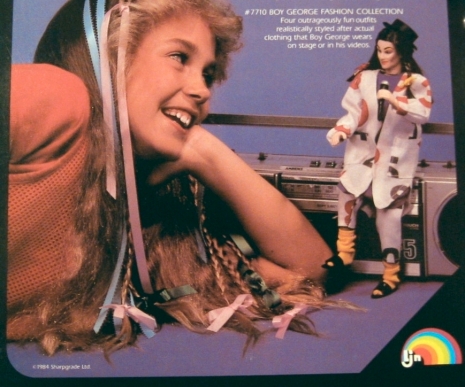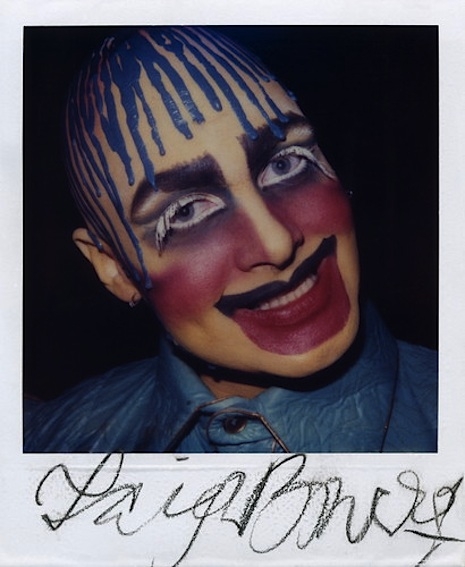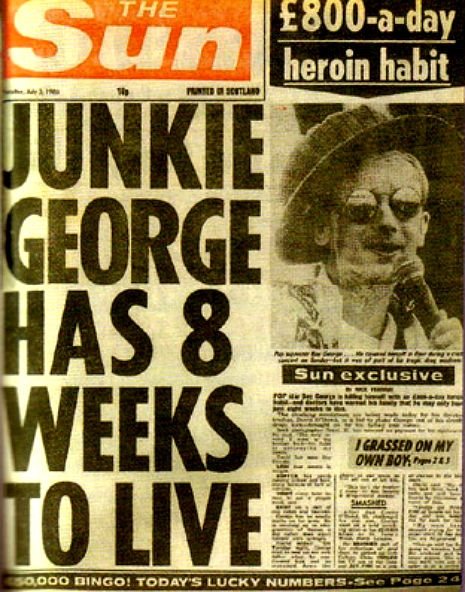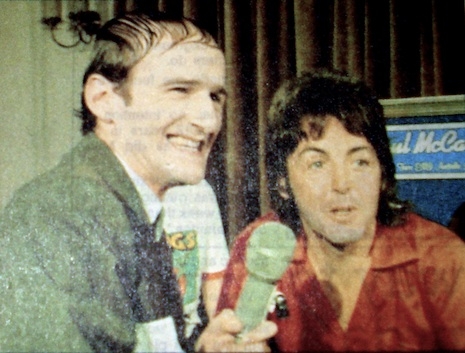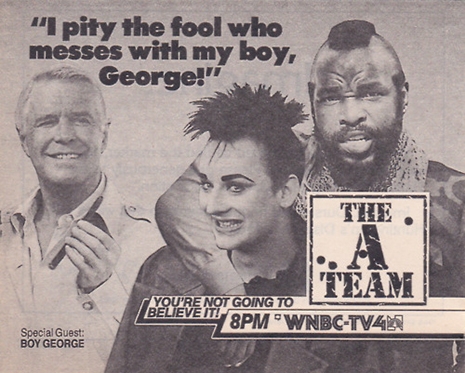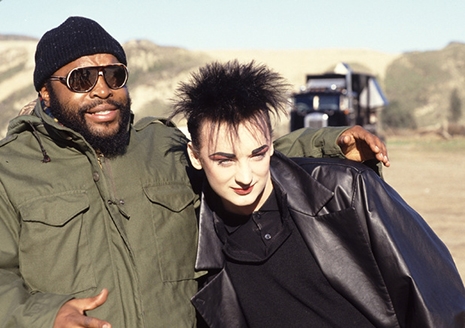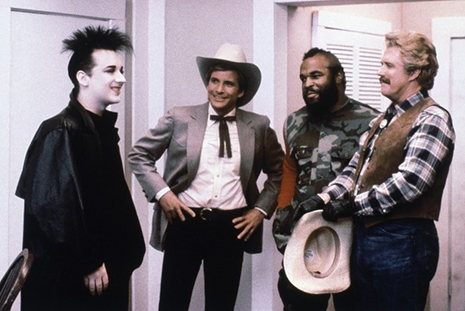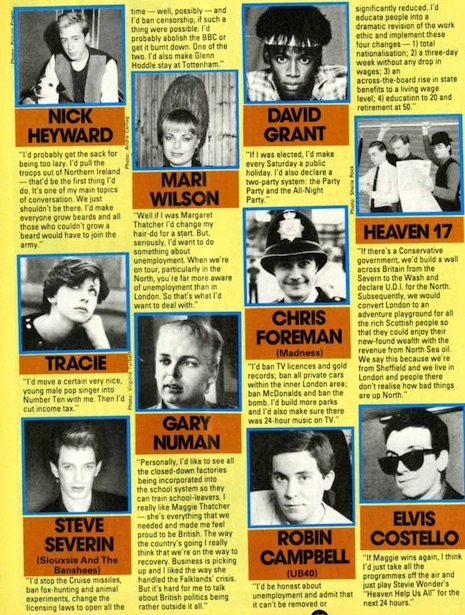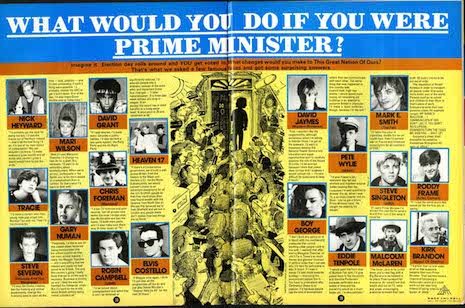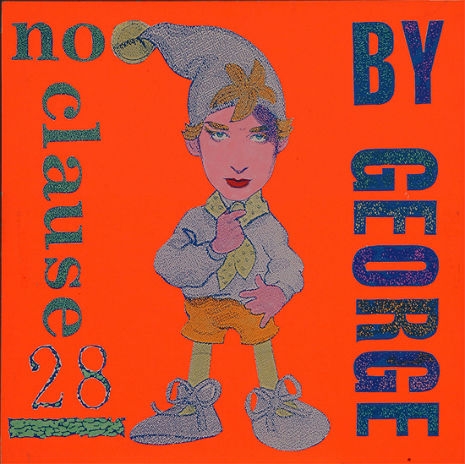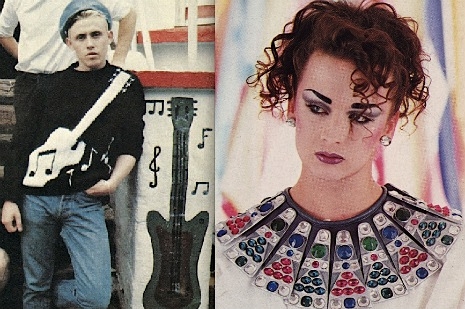
The golden rule: Never sue anyone unless you know you are going to win.
Eighties pop star Kirk Brandon should have considered this when he sued Boy George (aka George O’Dowd) for “malicious falsehood over allegations of homosexuality” contained in the singer’s autobiography Take It Like A Man and his song “Unfinished Business.”
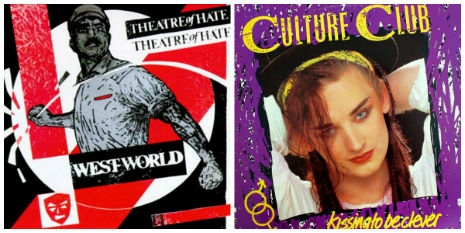
Brandon is known as the frontman of band Theater of Hate, who had several hit singles in the 1980s most notably “Do You Believe in the Westworld?” Boy George is Boy George, and as everyone knows has achieved global success as a solo artist, DJ and with the band Culture Club notching up a string of number one records. Back in 1980, Brandon and George were members of the Blitz Kids—the young trendsetting New Romantics who were creating a club scene and were soon to dominate the pop charts.
In 1997, Brandon was incensed that George had “outed” him by writing about the couple’s “alleged homosexual relationship in the early 1980s.” (What’s wrong, I wonder, with just saying “relationship”?) Brandon said the “gay allegations” had damaged his career as a musician, claiming he “was terrified of being ridiculed as `some blond peroxided poof’.” A damning quote that tells you all you need to know about Mr. Brandon.
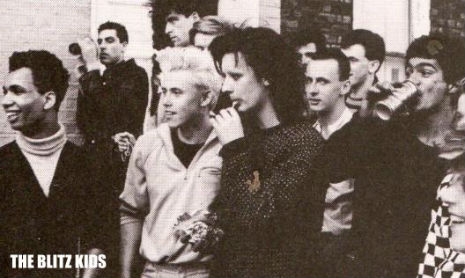
The Blitz Kids: Kirk and George, 1980.
By 1997, Brandon was married and had a child, his wife Christina said, “It’s every woman’s worst nightmare to be told their partner is gay”.
Christina, 28, first read about the alleged affair in the gender-bender’s autobiography, Take It Like A Man, which was published in July, 1995.
And as she skimmed through the book in a bookshop her world fell apart.
“We had only been married a year and I just couldn’t believe what I was reading,” she says. “I knew that Kirk had been friendly with Boy George. I loved hearing about their time together. But, all of a sudden, I was reading about this intimate, sexual relationship they were meant to have had. I felt confused. Betrayed and humiliated. Tears started rolling down my cheeks. Then I felt angry.
“I rushed home to confront Kirk. I wanted the truth. Why he had lied to me? This could so easily have destroyed our marriage.
“But I know Kirk really well and I believe him when he says it’s not true.”
Yet, Brandon’s litigation was to prove otherwise.

Brandon and George in the early 1980s.
When the case came to trial in April 1997, bucking the trusim that the man who is his own attorney has a fool for a client, Brandon represented himself. He told the court how he had helped Boy George from his first band and that they were good friends, adding:
He would sometimes stay at the singer’s squats—but was away on tour when he is alleged to have had the affair.
Mr Brandon said: “[Boy George’s] career took off and his mind was otherwise occupied. He was totally ambiguous and never confirmed or denied any sexual preference, terrified of rejection and the obscurity which would follow.
“Unbeknown to me, in the midst of his wealth, his obsession for me turned into something bitter, some might call it evil, a grudge. Somewhere in his mind he believed I had dumped him. Perhaps somewhere in his drug problems or whatever, his hatred focused on me. Some years later became a cleverly calculated possibility. As [George] stated himself, his book would be his revenge. He wrote his book and wrote of the relationship he really imagined he had had.”
Mr Brandon said he also believed that the attempt to ‘out’ him which would gain publicity for the book and song was part of a ‘sickening and totally reprehensible strategy.’
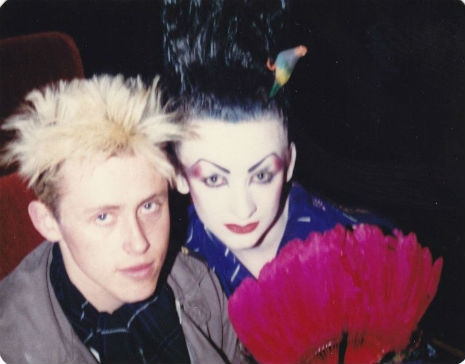
Brandon’s opening gambit made him sound as if he was the man obsessed with Boy George, and bitter at his former lover’s success. He then began to interrogate Boy George asking him if he thought outing people in the public arena was a good idea? A question that implied Brandon himself had been in the closet.
“I don’t think you should be ashamed of what you are,” O’Dowd replied. “I don’t think you should wilfully drag people out of their closets, but our relationship was public knowledge. It was not something you denied at the time, You denied it later on.”
He told Brandon he was being “homophobic” in bringing the court action. “I said in my book that you were very talented and I loved you,” O’Dowd said. “Where is the damage in that? I am much more brutal about myself in the book about myself than anybody else.”
Avoiding the accusation of “homophobia,” Brandon changed tact accusing George of having “a kind of vendetta” against him:
“Why have you been obsessed with me all your adult life?”
O’Dowd: I am not obsessed with you.
Brandon: You were obsessed and you probably still are. Have you ever thought of leaving me alone?
O’Dowd: I would not say I am obsessed. I would say the obsession would be more on your part if you thought I was insane, why take this action? Why not just shrug and say: ‘He’s mad?’
Brandon: I would say you are a professional liar.

The questioning shifted to the lyrics of Boy George’s song “Unfinished Business” from the album Cheapness and Beauty that George admitted was about Brandon.
He said the lyrics the lyrics included the line “You lie” and “You walk like a jack but are more of a queen”.
He added: “It says that [Brandon] has lied about our relationship and continues to do so. Songs are a way of exorcising feelings.”
Brandon: You get pleasure out of writing vindictive songs.
O’Dowd: Kirk, you were in a band called Theatre of Hate. You weren’t called the Blushing Flowers.
Brandon: Theatre of Hate was an art-house name.

The questioning sounded like the petty tiff of two former lovers rather than a formal cross examination. Any points Brandon thought he had scored were undermined by the appearance of one of Brandon’s former lovers Naimi Ashcroft who suggested the two men had been sexually intimate.
She said that she and Brandon had to hide from O’Dowd in nightclubs: “He did say George was upset and was looking to beat me up.”
Brandon told her: “You are here to fit Mr O’Dowd’s jigsaw. Can’t you just simply forget about me and get on with your own life?”
Every piece of a jigsaw has its own place and the picture the trial revealed was not one that Brandon particularly wanted to see.

Brandon admitted sharing a bed with George in a squat in central London in 1980 but denied any sexual activity.
George recalled: “I said, ‘I don’t have a spare bed,’ and he said: ‘I will be safe won’t I?’” Both kept their T-shirts and underwear on as they shared the mattress.
George added: “Kirk pulled hold of me and we started kissing.
“But on the first night, it was mainly hugging, kissing and touching, very affectionate, but no sexual activity.”
George admitted that in the morning he was unsure if he would see Brandon again in such an intimate way, but he returned with a bag and stayed for several days at the squat. George admitted he was very inexperienced at the time.
“Kirk never said he thought of me as a woman, but outside of the bed I did a very good job of looking feminine,” added george, “We slept together more than 100 times.”
George went on: “We were very close. Kirk was the great love of my life at that time. We were inseparable, holding hands in public and I was walking around in high heel shoes.”
Eventually the relationship finished and Brandon moved out claiming he needed “space.” George described how he “smashed up” his room and “cried for a while and walked in the rain.”
The trial lasted seven days at the High Court in London, with Judge Douglas Brown ruling in favor of Boy George, describing him as “an impressive witness.” As he gave his verdict, Kirk Brandon sat staring straight ahead as the Judge said:
“It’s difficult to believe Mr Brandon did not have a physical relationship with Mr O’Dowd.
“Mr Brandon agrees he knew Mr O’Dowd was a homosexual who was sexually interested in him, but went and stayed in his bed without protest, and without asking whether there was an alternative place to sleep.”
The judge added he did not believe Brandon:
“I am satisfied he has not been truthful about their physical relationship.”
Brandon was ordered to pay an estimated £250,000 in costs, but said he was unable to do so as he was bankrupt. Outside the High Court, he told reporters he had no regrets in taking Boy George to court:
“It was a matter of honour.”
The trail wasn’t about “honour” it was about Brandon’s misplaced personal sense of pride and vanity. His actions made him look foolish, petty, and dishonest. Boy George was vindicated, and left the court telling reporters that the verdict was “a great, great day for gay rights.”
A gallery of photographs of Boy George and Kirk Brandon in the early 1980s and clippings about the trial from 1997 can be found here.
A now bearded Boy George and Culture Club tour the USA this November details here. Theatre of Hate tour the UK this December details here.
H/T The Blitz Kids.








